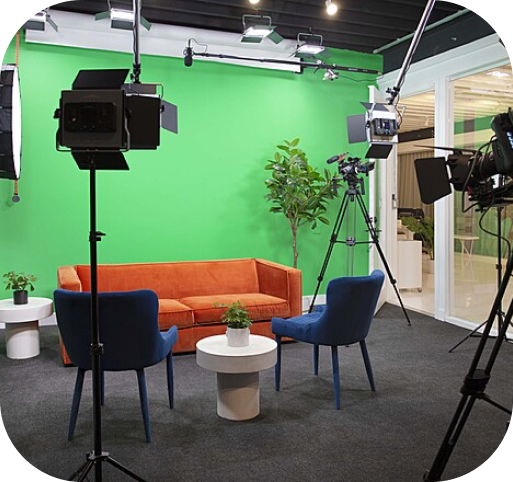
One of the key advantages of using virtual technology in hybrid gatherings is the ability to create a shared space for all participants. In a conventional setting, physical attendees might have access to certain activities or opportunities that remote participants cannot experience. However, with VR, everyone can navigate the same virtual environment, no matter of their location. This innovation allows for interactive displays, online networking opportunities, and even gamified encounters that can captivate viewers. As a result, attendees feel more involved and engaged, leading to a more fulfilling overall experience.
Moreover, virtual technology can help break down barriers that often occur in hybrid gatherings. For instance, remote attendees may feel isolated or disengaged from the central gathering. By incorporating virtual reality, planners can create a sense of involvement that makes virtual participants feel as if they are part of the event. This can be realized through features like digital representations, which allow participants to connect with one another in live. Such interactions can try this foster cooperation and networking, making it easier for people to engage and share thoughts, regardless of their physical position.
In addition to enhancing engagement, the use of virtual technology in hybrid events can also provide valuable data and insights for organizers. By tracking participant interactions and behaviors within the virtual environment, event planners can gather information on what aspects of the gathering were most engaging. This data can be used to improve future events, ensuring that they meet the needs and wants of participants. Grasping how attendees engage with both the digital and physical elements can lead to more efficient gathering approaches and improved overall encounters.
Finally, the integration of VR technology and physical engagements in hybrid events represents a significant shift in how we approach gatherings and conventions. As innovation continues to advance, the capability for creating immersive and dynamic encounters will only increase. By embracing this new model, event planners can transform the way individuals engage, learn, and collaborate. The future of hybrid gatherings is promising, and the smooth combination of VR technology will play a crucial role in shaping that future.